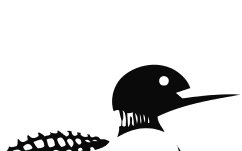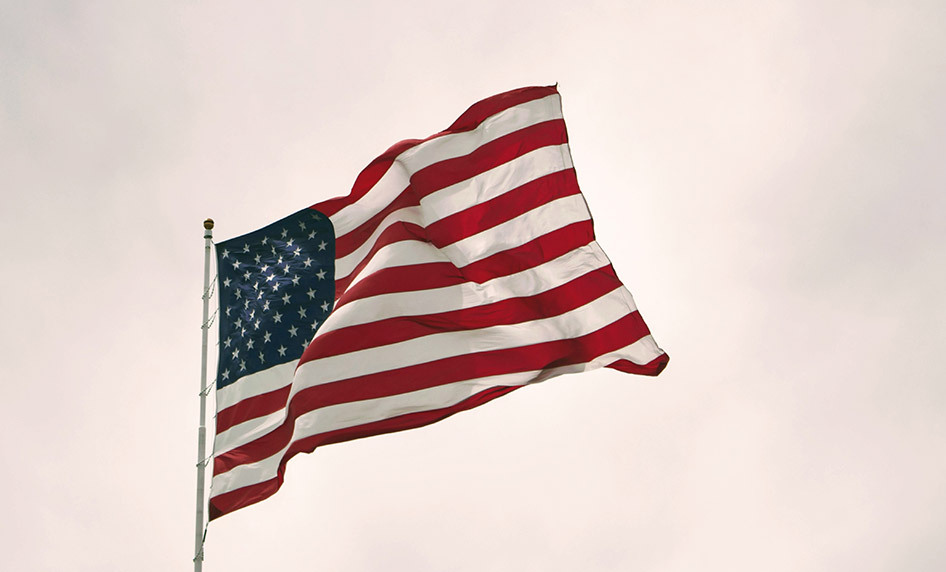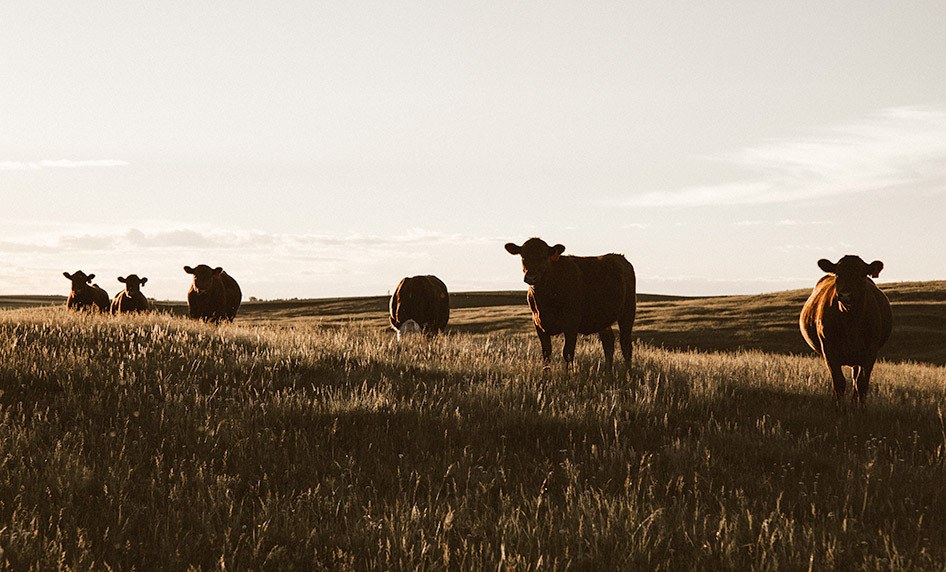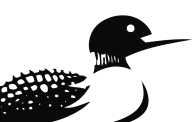
In a world where logic and sensibility prevailed, Prime Minister Mark Carney would reverse his reckless plan to recognize a Palestinian state. But in the Middle East, where moral compasses seem to spin to the side of terror, the expectation that Canada might stand firmly with the righteous is the stuff of daydreams about the good old days.
We thought the MS St. Louis moment when Canada turned its back on Jews fleeing terror was over. Those who believe that lobbying alone can alter the course of our foreign policy ignore the reality: Canada’s international positions are increasingly dictated by shifting national demographics (as they had then by an antisemitic Canada) and by a leader who looks more to Europe than to our greatest ally and trading partner, the United States.
For Carney, it must have been sobering to hear German Chancellor Friedrich Merz
, “The position of the federal government is clear, as far as the possible recognition of the state of Palestine is concerned. We will not join this initiative. We don’t see the requirements met.” Germany — Europe’s economic engine, haunted still by its historical conscience — understands what Canada’s leadership does not: the requirements for statehood have not been met, and appeasing terrorists is no substitute for diplomacy.
Yet not all in Canada have capitulated to this backwards thinking. A quiet revolution is brewing at the municipal level. The small town of Hampstead, Que.,
“unequivocally condemning Mark Carney’s plan to recognize the so-called Palestinian state.” The resolution rejected the undermining of Israel’s legitimacy and stood firmly for truth.
This bold action follows the City of Côte Saint-Luc’s
earlier this month opposing unilateral recognition. The council declared that Canada’s decision to recognize a Palestinian state in September deviates from the established principle of achieving statehood through direct, bilateral negotiations between Israel and a demilitarized Palestinian authority which recognizes Israel’s right to exist.
These are not just symbolic gestures. They represent a model for other municipalities across Canada with moral clarity and courage to follow. In the absence of federal leadership, I call on local governments to speak for Canadians who reject appeasement of extremism. And God forbid our left-leaning media report this, it might start a national trend!
Carney’s government is disregarding a fundamental fact: it lacks an absolute mandate. Nearly as many Canadian voters chose the Conservative party, as chose the Liberals, in the last election, supporting a platform that explicitly defended Israel. Many Liberals, too, support Israel’s right to security and legitimacy. To bulldoze this widespread sentiment is an act of political opportunism, not principled governance. Foreign policy in Canada should not mirror the fractured landscapes of France or the U.K., where pro-Hamas agitators dominate the public square. Germany, to its credit, is pushing back. Canada, tragically, is rushing in the opposite direction.
The idea of recognizing a Palestinian state in the wake of October 7 is not just irrational — it is dangerous. Such recognition rewards terror, undermines peace negotiations, and diminishes Canada’s credibility as a defender of democracy and the rule of law. Carney’s stance, if carried through, would represent a radical break with Canada’s historic foreign policy of supporting Israel as the lone democracy in the Middle East and insisting that Palestinian statehood can only be achieved through direct negotiation and renunciation of terror.
If the lessons of the Holocaust still resonate, they remind us that history judges harshly those who stand idly by while appeasing the morally corrupt. In that era, a few courageous voices stood against the might of those who were wrong. Today, municipalities like Hampstead and Côte Saint-Luc carry that mantle. They remind us that courage does not require size or power; it requires clarity and conscience. Carney may believe history will applaud him for appeasing the mob. He is mistaken. History will record that in the critical moment, when leadership demanded courage, he chose expediency.
The tragedy is that he is functioning in a vacuum, surrounded by ministers and advisers feeding him poor counsel, blind to the reality of the Middle East and the lessons of history. But maybe, just maybe, there is still time for him to reconsider — for him to rethink before irreparable damage is done. He can simply state that the Palestinians have not met all of Canada’s conditions. Miracles can happen. And if Canada were to step back from this precipice, history would remember not the folly of appeasement, but the wisdom of a nation that corrected course when it mattered most and avoid another MS St. Louis moment.
Avi Abraham Benlolo is the CEO and Founder of The Abraham Global Peace Initiative, a Canadian think-tank.


















